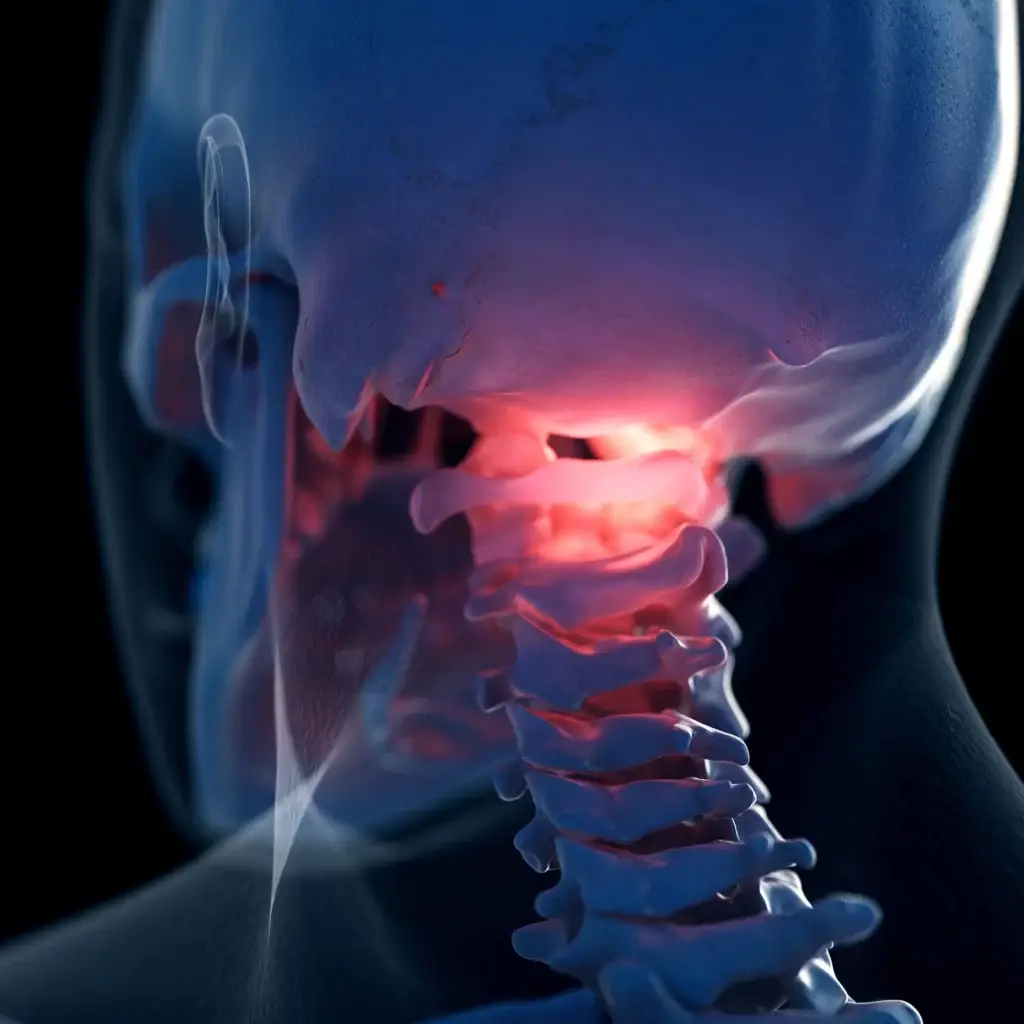
Cranio-Cervical Stability Testing for Manual Clinicians: The Definitive Guide
As a manual clinician, have you ever worried that a patient may have specific damage to the cervical spine including the craniovertebral joints? Car accident, a fall, or maybe an infection is at fault? How do you deal with this patient?
I have reasons for spending hours of my time, developing and producing this course. It all relates to a serious car accident I had a few years ago. I initially didn’t present with any issues but steadily I physically declined and eventually had fusion surgery to restrain an unstable C7 T1 which was producing spinal cord signs. I knew what was happening to me but will a patient understand the symptoms? It is imperative if you treat patients with trauma, infection, or congenital issues, to learn what to do with these patients.
- Learn the signs and symptoms of serious pathology in the cervical spine.
- Learn the differential diagnoses and causes of instability in the region.
- Learn to test the neurological system and know what to look for in your examination.
- Learn to stress test the ligaments of the craniovertebral joints and the cervical spine.
- Discover the latest studies on this topic.
I’m hoping you will find this course an adjunct to your practice. As a manual clinician, a Physiotherapist, a Chiropractor, a manipulator, you may stress ligaments of peripheral joints all the time but it is a rarity to stress test spinal joints. A manual clinician must be able to discern an unstable or hypermobile segment in a spine. This will give the clinician an advantage in the management of the patient. It is important for the safety of the joint and is very important for the safety of your patients.
My objectives for you:
After this course, participants will be able to understand the principals and practical application of the following:
1. Describe five diseases that may compromise the stability of the cervical region and how.
2. Demonstrate three stability tests of the cervical region and interpret the results.
3. Apply a neurological scan to clear spinal cord and neurological dysfunction in the cervical spine.
4. Adopt a vigorous mandatory scan for all patients to rule out serious pathology of the cervical spine and the neurological system.
Come with me and learn.
The course is on my Cross Border Seminars site on Udemy.com for 24.99.
Please Note:
This course is designed for medical professionals, not for the general public. The medical information in this course is provided as an information resource only and is not to be used or relied on for any diagnostic or treatment purposes. This information is intended for medical education, and does not create any doctor-patient relationship, and should not be used as a substitute for professional diagnosis and treatment. By purchasing this course you agree to the foregoing terms and conditions. If you do not agree to the foregoing terms and conditions, you should not purchase.

